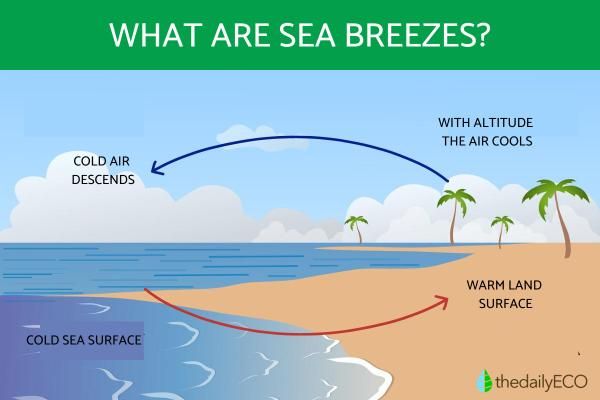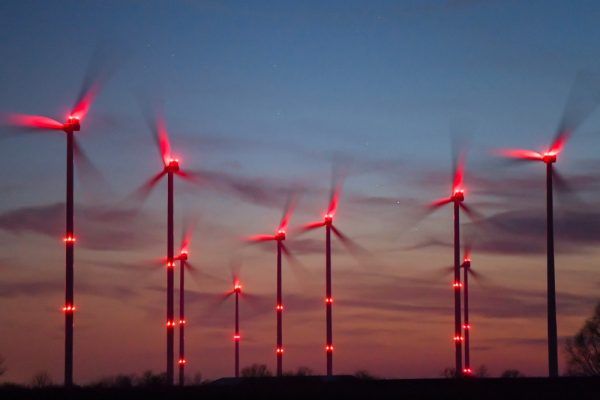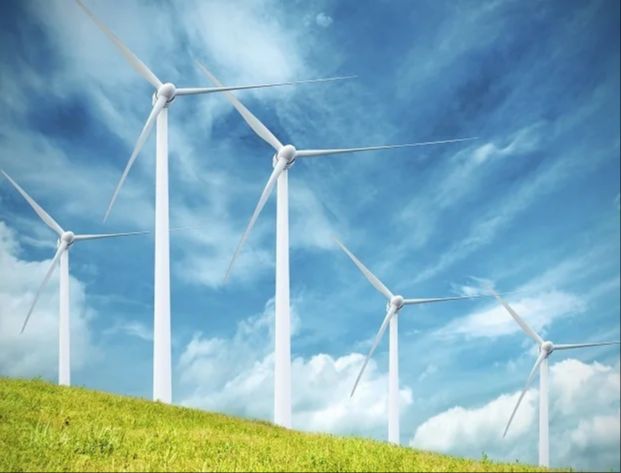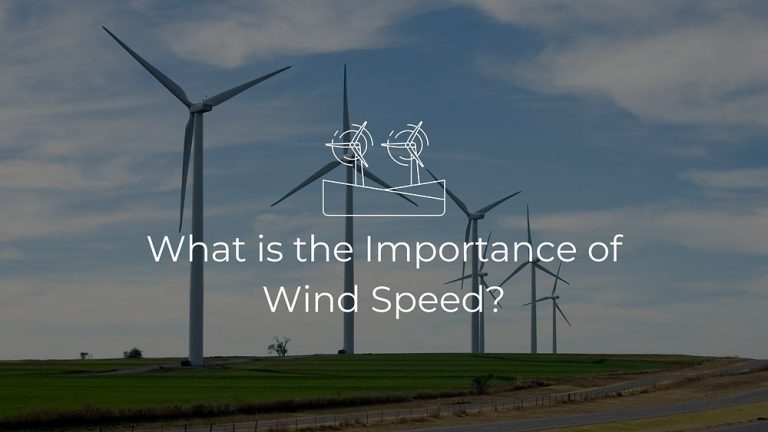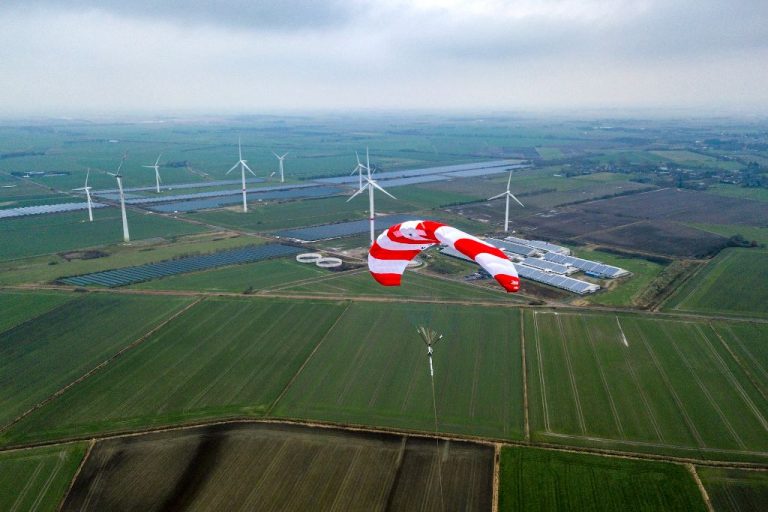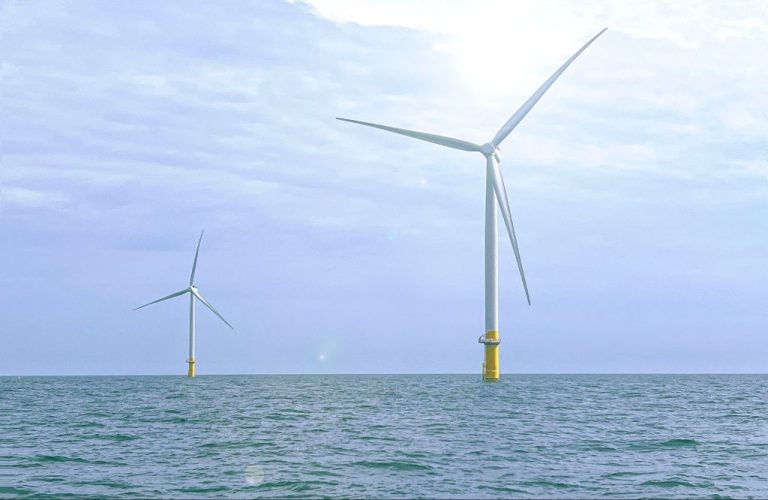Are Wind Turbines Location Specific?
Wind turbines are an increasingly important source of renewable energy around the world. The use of wind turbines has grown substantially in recent years as countries and companies look to reduce their carbon emissions and reliance on fossil fuels. According to industry statistics, the global wind energy capacity witnessed a substantial increase of 15% in 2021 alone (https://energy5.com/the-economics-of-wind-turbines-assessing-costs-and-benefits). With concerns over climate change and energy security, wind turbines are expected to continue playing a major role in the global transition to clean energy.
This brief introduction overviews the growth and importance of wind turbines as a renewable energy source. Let me know if you would like me to expand or modify the introduction section.
Ideal Conditions for Wind Turbines
The ideal conditions for wind turbines involve a combination of consistent, strong wind speeds, appropriate terrain, and access to the power grid. According to the National Renewable Energy Laboratory (NREL), areas with average annual wind speeds around 6.5 meters per second at a height of 80 meters are generally considered to have suitable wind resource for wind energy generation [1]. Higher wind speeds allow turbines to produce more electricity.
The terrain is also an important factor. Ridgelines, open plains, hilltops, gaps between mountains, and offshore areas tend to have higher and less turbulent winds. Turbines need smooth, laminar wind flow. Too much turbulence can damage equipment or reduce power output. Elevated sites and openings in hilly or mountainous areas channel wind speeds upwards [2].
Finally, locations must have access to transmission infrastructure like power lines and substations. Connecting to the grid allows distribution of the electricity that wind projects generate. Building new transmission lines entails permitting hurdles and costs, so ideal wind farms maximize use of existing infrastructure [3].
Topographical Considerations
The local topography and terrain play a significant role in wind turbine placement due to how the movements of air are impacted by the landscape. Elevation is a key factor, as higher altitude sites experience stronger and more consistent winds. Ridge tops and hills are prime locations because the elevation exposes the turbines to higher wind speeds that have not been slowed by ground friction or obstructions. According to energy5.com, “The altitude of the site directly influences the consistency and strength of the wind resource. The higher the altitude, the better the resource.” Open areas without major obstructions are also ideal, as buildings, trees, and other barriers disrupt wind flow. Turbines work best when exposed to smooth, laminar wind streams rather than turbulent gusts and eddies.
Weather and Climate Factors
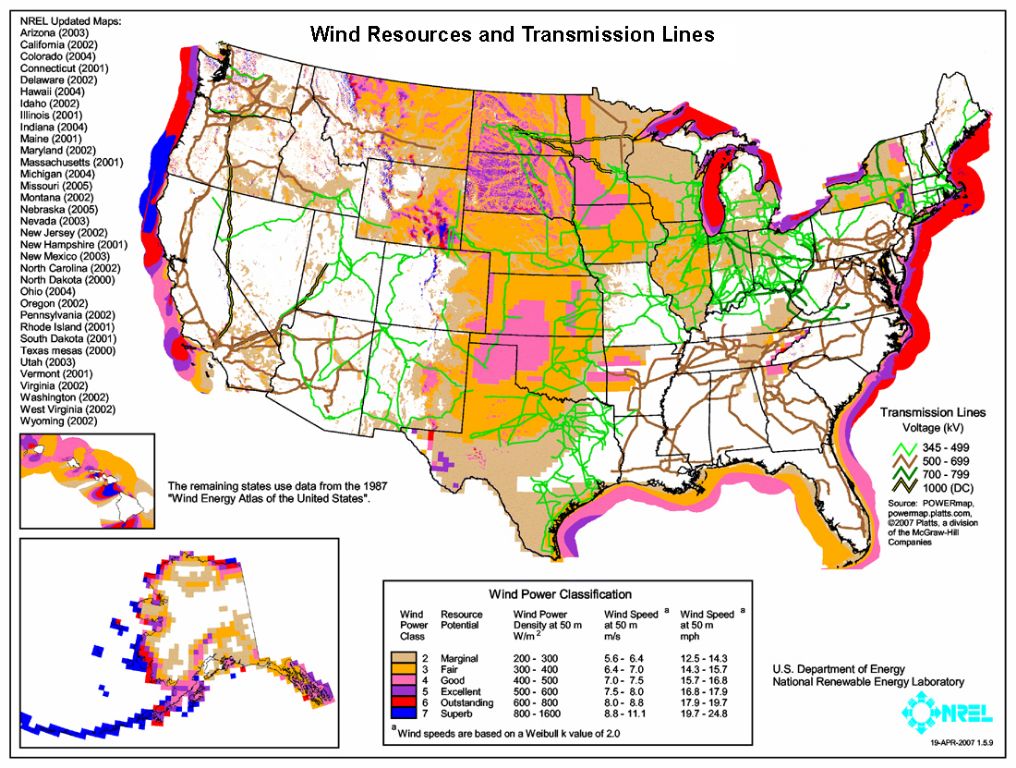
Wind turbines require consistent wind in order to effectively generate electricity. According to the U.S. Energy Information Administration, “areas that have consistently windy conditions, such as those located offshore and on the tops of ridges or hills, provide the best locations for wind farms.” Consistent winds over 12 mph are ideal for maximizing energy production 1.
However, extreme weather events driven by climate change, like hurricanes, tornadoes, or severe storms, can damage wind turbines and disrupt energy generation. One study published in the journal Sustainability found that extreme wind speeds above 45 m/s may overload and damage wind turbine rotors 2. Therefore, wind farm developers must carefully assess historical weather data and climate projections to find locations with consistently strong winds that are less prone to extreme weather risks.
Access to Transmission Infrastructure
A primary consideration when assessing site suitability for wind farms is proximity to transmission infrastructure and grid capacity. Wind turbines need access to transmission lines and substations to deliver the power they generate to load centers where electricity demand exists. According to the Wind Energy Facts organization, wind farm infrastructure includes “roads, foundations, and connections to the grid” (Source). New high voltage transmission lines often need to be constructed to integrate wind power plants into the grid. Long distance transmission is one of the main challenges of delivering wind energy from remote wind farms to population centers, as noted in an Energy5 article (Source). Upgrades and additions to the grid may be required to enable sufficient capacity to handle the influx of wind-generated electricity. The U.S. Department of Energy observes that modern wind turbines with power electronics can help stabilize grid frequency and voltage, thereby supporting grid reliability (Source). Evaluating transmission infrastructure access and capacity is thus a key siting consideration for wind projects.
Permitting and Zoning
Local regulations and zoning policies have a major impact on whether wind turbines can be constructed in a certain area. Many localities have restrictive ordinances that regulate aspects like turbine location, permitting process, and construction (Department of Energy). For example, some ordinances only allow wind turbines in certain zoning districts, like agricultural or industrial zones.
The permitting process for wind turbines typically involves evaluating potential environmental impacts like noise, visual effects, and impacts on wildlife. Developers must conduct environmental impact assessments and work with local officials to mitigate concerns. Most localities require conditional use permits for wind turbines that consider factors like compatibility with adjacent land uses and compliance with setback requirements (Stoel Rives LLP).
Navigating local zoning policies and permitting processes is crucial for wind developers. Having clear regulations and community engagement can streamline the process and facilitate responsible wind energy growth.
Land Availability
Wind farms require large, open tracts of land to operate efficiently. According to research from the University of Missouri Extension (Introduction to Wind Energy Leases), each 1.5 MW turbine requires approximately 1 acre of land. However, much more space is needed between turbines to minimize interference and maximize energy production. As a rule of thumb, each megawatt of wind capacity requires 40-50 acres of open land.
This means that a 50 MW wind farm would need at least 2,000 acres of leased or purchased land. The flatter and more open the terrain, the better. Wind farm developers seek large plots of agricultural land, grazing land, and other open spaces to site their projects. The land must have appropriate wind resources, zoning allowances, and minimal obstructions such as buildings or trees. Developers arrange leases or easements with landowners to secure sites for their wind turbines and access roads.
Population Density
Population density is an important factor when considering locations for wind turbines. Wind turbines can produce noise as the blades rotate, which may be disruptive for nearby residents. According to a 2014 study, the average population density around wind turbines in the U.S. is approximately 11 persons per square mile. This lower population density reduces noise and viewshed issues compared to more densely populated areas.
Areas with higher population densities tend to have more concerns about noise and visual impacts from wind turbines. Rural areas often have lower population densities and more open space, making them better suited for wind farm developments. Proper siting of turbines away from homes and businesses can help mitigate noise and viewshed issues in populated areas. Overall, lower density areas provide more flexibility for turbine placement while minimizing disturbances to local residents.
Wildlife Considerations
Wind turbines can have an impact on wildlife, particularly birds and bats. Bird and bat populations can be affected in a few key ways:
Collision mortality – Birds and bats can collide with wind turbine blades and towers, resulting in injury or death. This seems to be the greatest wildlife impact. However, research shows wind turbines contribute to less than 3% of human-caused bird collision mortality in the U.S. (Wyoming Renewables).
Habitat fragmentation – Wind projects can also fragment habitats. The towers, roads, and infrastructure related to wind farms take up land space and can disrupt connected habitats and migration patterns (Energy5).
Habitat disturbance – Turbines may cause some species, like sage grouse, to avoid nesting in areas near wind projects due to noise, vibration, and human presence during construction and operation (Energy5).
There are ways to minimize the wildlife impact of wind turbines. Careful site selection, impact monitoring, and compensatory mitigation like habitat restoration can help reduce effects on birds and bats (Booth 2018). Public education is also key to building support for conservation efforts.
Conclusion
In summary, the optimal conditions for locating wind turbines include areas with consistently strong wind resources, flat or gently rolling terrain, proximity to existing transmission infrastructure, supportive zoning and permitting regulations, available land, and low population density. Other considerations are minimizing impacts on wildlife populations and habitats. The best sites will balance these factors to allow efficient wind power generation with minimal negative impacts. With careful siting and planning, wind energy can continue expanding as a clean, renewable power source for the future.
To learn more, refer to the sources below:
[1] http://windsolarenergy.org/map-of-best-locations-for-wind-power.htm
[2] https://www.sciencedirect.com/topics/earth-and-planetary-sciences/wind-energy-technology

